Understanding Powder Coating
What is Powder Coating?
Powder coating is a dry finishing process that is applied as a free-flowing, dry powder. Unlike conventional liquid paint, which relies on solvents for application, powder coating uses an electrostatic charge to adhere the powder particles to a metal substrate. Once applied, the coated item is baked in an oven, where the heat causes the powder to melt and flow into a smooth, durable coating. This innovative technique not only enhances the appearance of the surface but also provides significant protective benefits.
The advantages of this method include a higher resistance to chipping, scratching, and fading compared to traditional painting methods. Additionally, powder coating generates less air pollution due to its minimal volatile organic compounds (VOCs), making it a more environmentally friendly option. For those looking for quality powder coating, understanding its properties and benefits is crucial.
Benefits of Powder Coating Over Liquid Paint
When comparing powder coating to traditional liquid paint, several key advantages come to light:
- Durability: Powder-coated surfaces are generally tougher and more durable than standard paint, offering improved resistance to impact, moisture, and chemicals. This makes them ideal for automotive, industrial, and outdoor applications.
- Finish Variety: Powder coating can produce a vast range of finishes, including gloss, satin, and matte. It also offers countless color options, textures, and effects such as metallics and clears.
- Environmental Friendliness: With almost no VOCs emitted during the application process and the ability to reclaim and reuse excess powder, powder coating is a more sustainable option for coating.
- Efficiency: The process is often faster than traditional painting, with the curing times of powder-coated items typically shorter, allowing for quicker turnaround times.
- Cost-Effectiveness: Long-term savings can come from the durability and lower maintenance needs of powder coatings, making them cost-effective over time, although the initial investment might be higher.
Common Applications of Powder Coating
Powder coating is widely used across various industries due to its versatility and durability. Some common applications include:
- Automotive Parts: Many car manufacturers use powder coating for frames, wheels, and other components due to its enhanced durability and finish.
- Furniture: Outdoor furniture is often powder-coated to protect against rust and UV rays while maintaining aesthetic appeal.
- Architectural Elements: Railings, doors, and window frames frequently use powder coating for protection and style in both residential and commercial buildings.
- Electrical Enclosures: Powder coating is suitable for electrical devices, providing a protective layer that can withstand environmental challenges.
Types of Powder Coating Materials
Popular Powder Coating Types
Various types of powder coatings are available, each designed for specific applications and environments. The primary types include:
- Epoxy Powder Coatings: Known for excellent adhesion and chemical resistance, epoxy powders are ideal for indoor applications but have poor UV stability.
- Polyester Powder Coatings: These provide a balanced combination of durability and flexibility, making them suitable for outdoor environments due to their UV stability.
- Hybrid Powder Coatings: Combining the best characteristics of epoxy and polyester, hybrids are versatile for various applications, offering good outdoor durability and excellent aesthetic qualities.
- Specialty Powder Coatings: These include conductive powders used in electronic applications and textured powders designed for specific visual effects.
Differences Between Epoxy and Polyester
Choosing between epoxy and polyester powder coatings involves understanding their differences:
- Durability: Polyester is generally more resistant to weathering and fading from sunlight than epoxy, which is susceptible to UV damage.
- Application Use: While epoxy is often preferred for interior applications, polyester is better suited for outdoor environments due to its weather resistance.
- Cost: Epoxy powders are typically less expensive than polyester options, but the overall value might favor polyester for outdoor applications.
Sustainable Options in Powder Coating
The push for sustainable manufacturing practices has led to the development of eco-friendly powder coating options. Some sustainable practices include:
- Recyclable Materials: New technologies are enabling the use of recyclable materials in powder formulations, reducing waste.
- Low Energy Curing: Innovations in curing processes that operate at lower temperatures and utilize renewable energy sources are becoming more common.
- Biodegradable Powders: Development of powder coatings with biodegradable components can help reduce environmental impact.
- Closed-loop Systems: Implementing closed-loop systems in powder application can maximize powder recovery and reuse, minimizing waste.
The Powder Coating Process
Preparation and Pretreatment
The powder coating process begins with thorough preparation and pretreatment, which are critical for achieving optimal adhesion and finish. Key steps include:
- Cleaning: Parts must be cleaned to remove oil, dirt, and other contaminants. Methods such as sandblasting, chemical cleaning, or ultrasonic cleaning can be employed.
- Pretreatment: Applying a chemical pretreatment, like phosphating, helps enhance paint adhesion and reduces corrosion. This step is particularly important for metal substrates.
- Rinsing and Drying: After pretreatment, parts should be rinsed and thoroughly dried to ensure no moisture remains before powder application.
Application Techniques Explained
Once prepared, powder coating is applied using several techniques:
- Electrostatic Spray Application: The most common method where charged powder particles are sprayed onto grounded surfaces, providing even coverage.
- Fluidized Bed Coating: In this technique, objects are preheated before being dipped into a fluidized bed of powder, allowing the powder to stick and melt upon contact.
- Rolling or Brushing: While less common, these methods can be used for repairs or small areas where traditional spraying is not feasible.
Curing: Essential Steps for Durability
Curing is the process that turns the applied powder into a solid, durable film. Key aspects of curing include:
- Temperature and Time: Typical curing temperatures range from 350 to 400 degrees Fahrenheit, depending on the powder type. The part should be kept in the oven for about 10 to 20 minutes to ensure proper cross-linking occurs.
- Cooling: After removal from the oven, parts need to be allowed to cool naturally, which helps avoid thermal shock and ensures a strong finish.
- Quality Control: Inspecting the finish for consistency, adhesion quality, and absence of defects is critical for quality assurance.
Maintaining Your Powder Coated Surfaces
Cleaning and Care Tips
To maintain the appearance and durability of powder-coated surfaces, proper care is needed:
- Routine Cleaning: Regular cleaning with mild soap and water helps prevent the buildup of dirt and contaminants that can lead to surface degradation.
- Avoid Abrasives: Use soft cloths or sponges for cleaning, as abrasive materials can scratch the coating and lead to premature failure.
- Protection from Harsh Chemicals: Avoid using harsh chemicals or solvents that can damage the powder coating finish.
Repairing Scratches in Powder Coated Items
Over time, scratches may occur on powder-coated surfaces. Repair options include:
- Touch-Up Paint: If the scratch is minor, using a compatible touch-up color can restore the coat.
- Reapplication: For larger damaged areas, stripping the coating and reapplying powder may be necessary to ensure a uniform finish.
- Professional Repair: In cases of extensive damage, seeking a professional service is recommended for the best results.
Long-Term Maintenance Considerations
For long-lasting results, consider the following:
- Environmental Exposure: Assess the environment in which items are used; areas with high humidity, salt, or pollution may require more frequent cleaning and maintenance.
- Regular Inspections: Schedule periodic checks to identify areas of concern before they develop into serious issues.
- Caring for Coatings: When applying any other coatings for aesthetic or functional purposes, ensure compatibility with the powder coating to avoid damaging reactions.
Choosing a Powder Coating Provider
Evaluating Local Powder Coating Services
When selecting a powder coating provider, consider the following factors:
- Experience and Reputation: Research providers with a solid track record in the industry to ensure quality work and reliability.
- Facility and Equipment: Look for a modern facility equipped with the latest technology that can handle your specific powder coating requirements.
- Sample Work: Request examples of their work or visit their premises to review finished products before making a decision.
Cost Factors for Powder Coating Projects
The cost of powder coating can vary significantly based on several factors:
- Part Size and Complexity: Larger and more intricate parts generally cost more due to the increased labor and material usage.
- Type of Powder: Specialty powders or high-performance options typically carry a premium price.
- Volume: Bulk orders often qualify for discounts, making it more economical per unit.
Questions to Ask Your Powder Coating Supplier
Be sure to ask potential suppliers the following questions to gauge their capability:
- What types of powders do you offer?
- How do you ensure quality control in your process?
- What is your average turnaround time for projects?
- Can you provide references or examples of work done in similar industries?
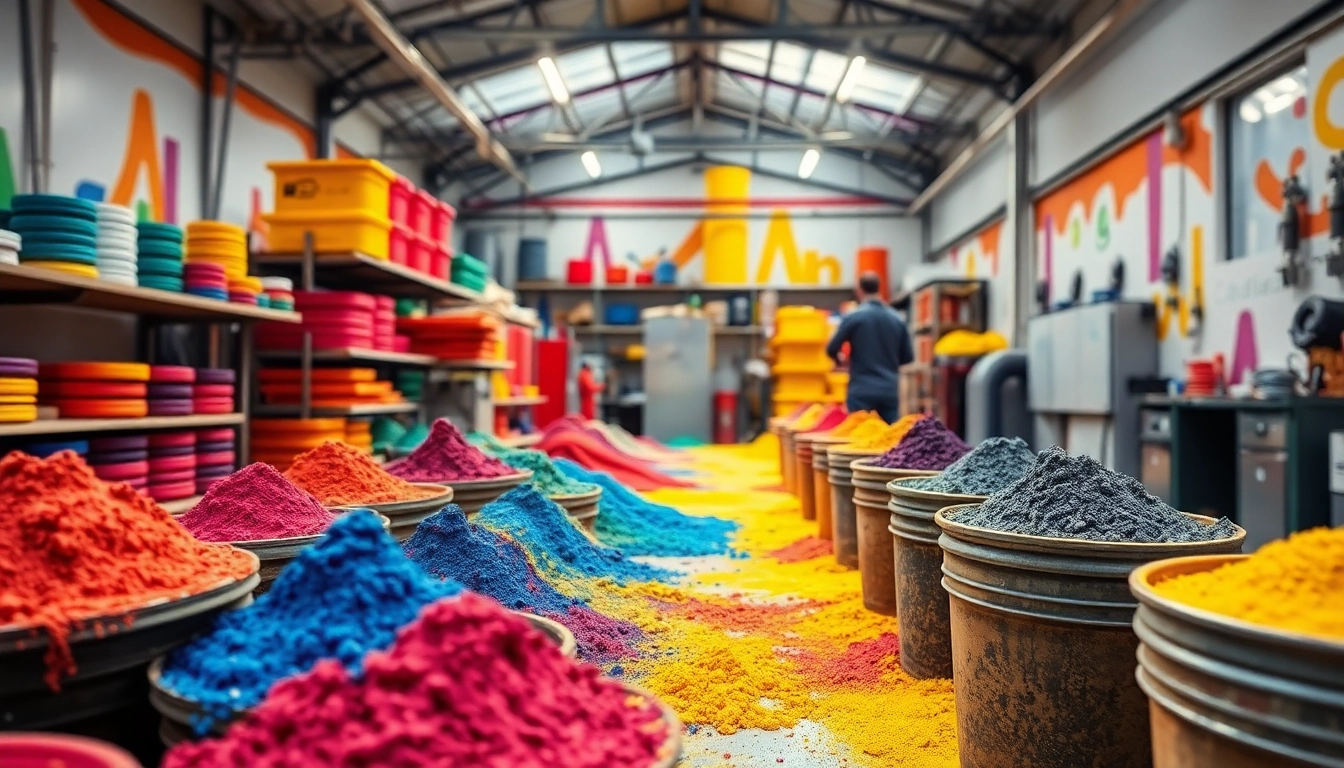

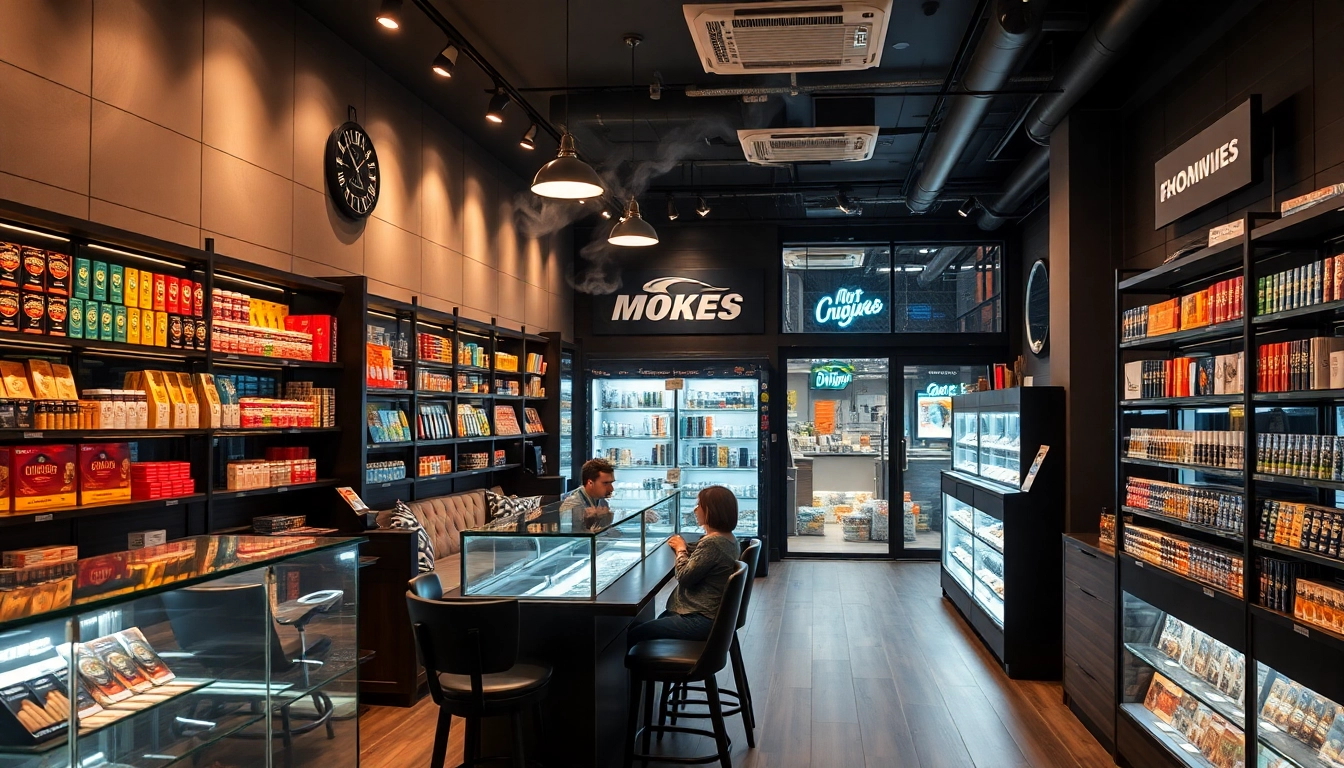
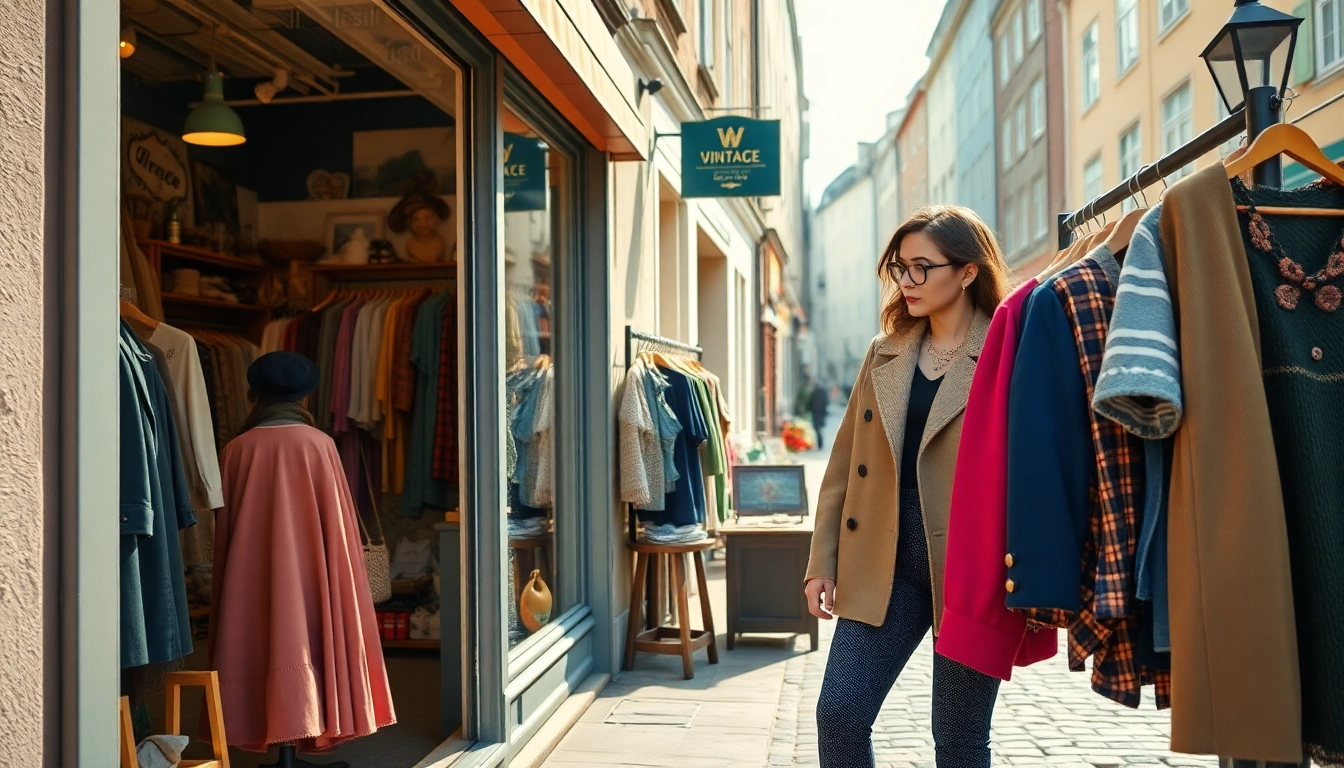
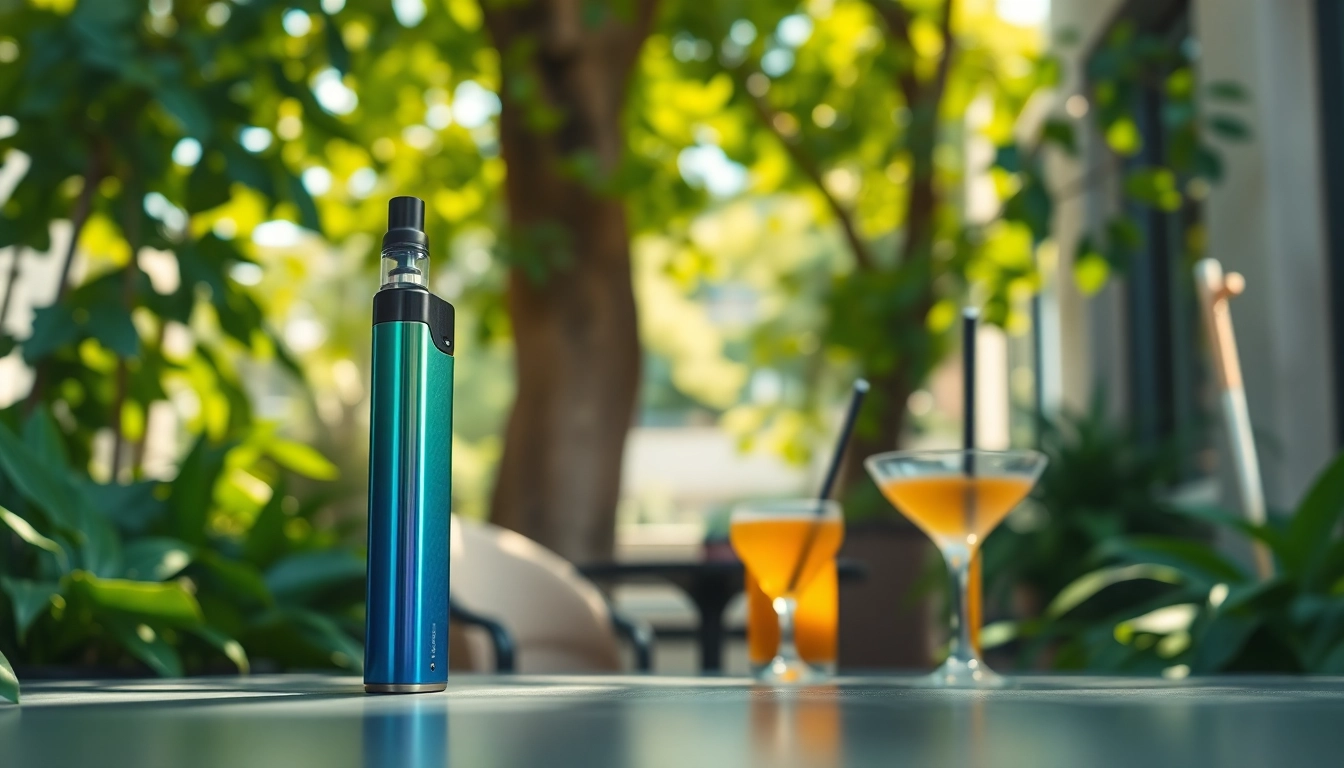


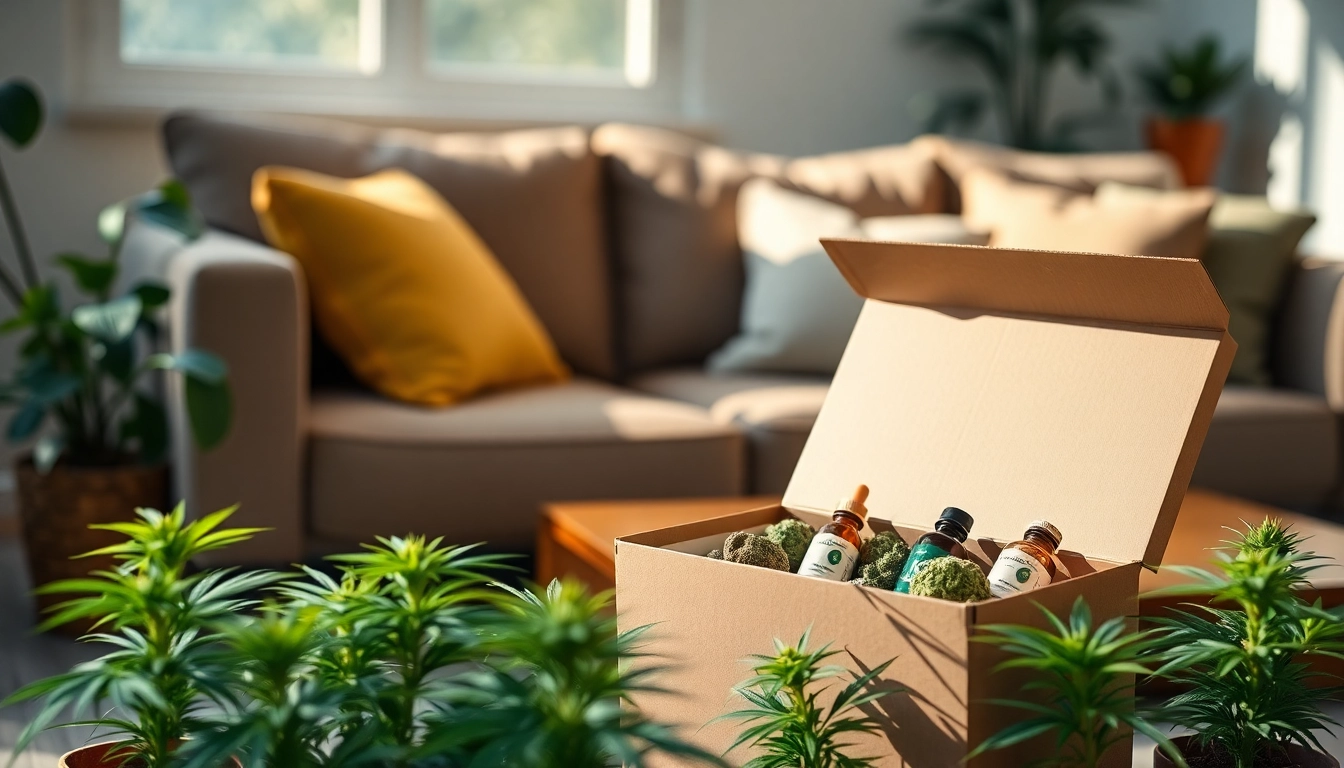
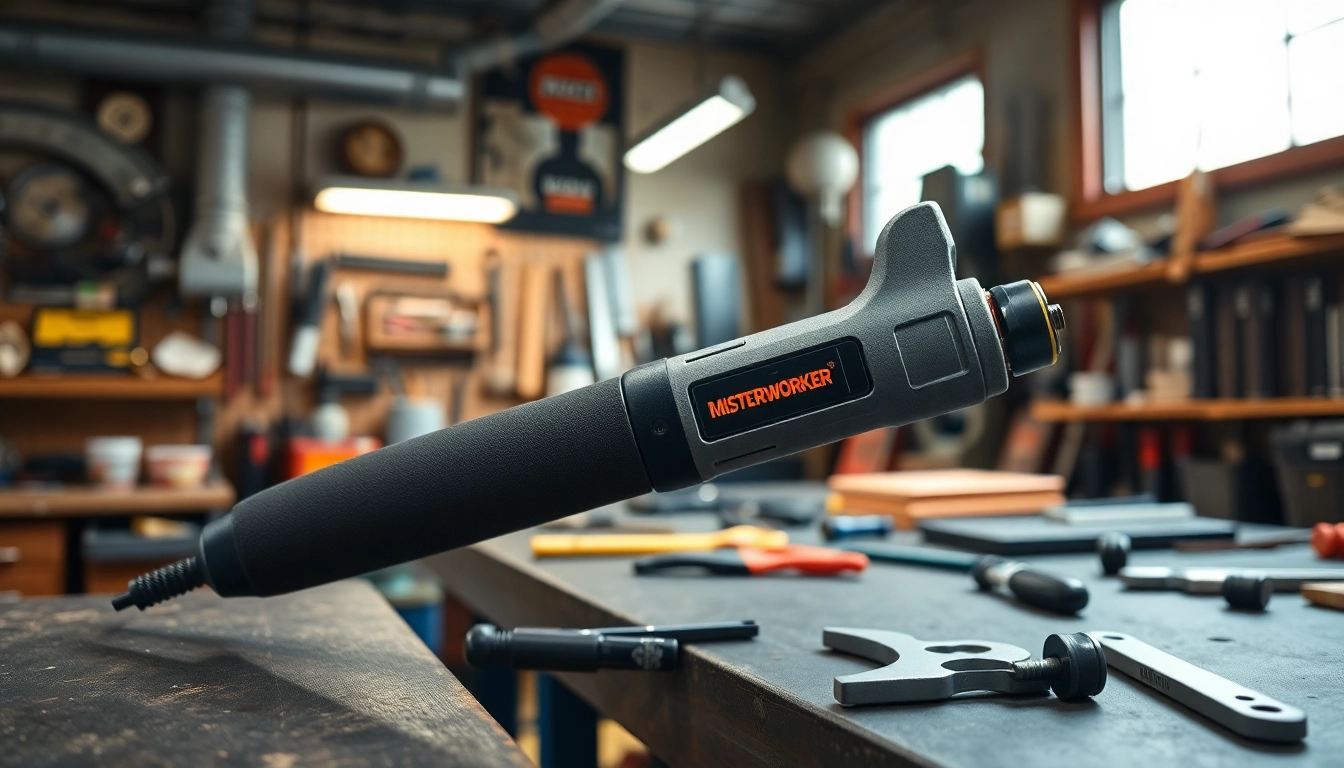
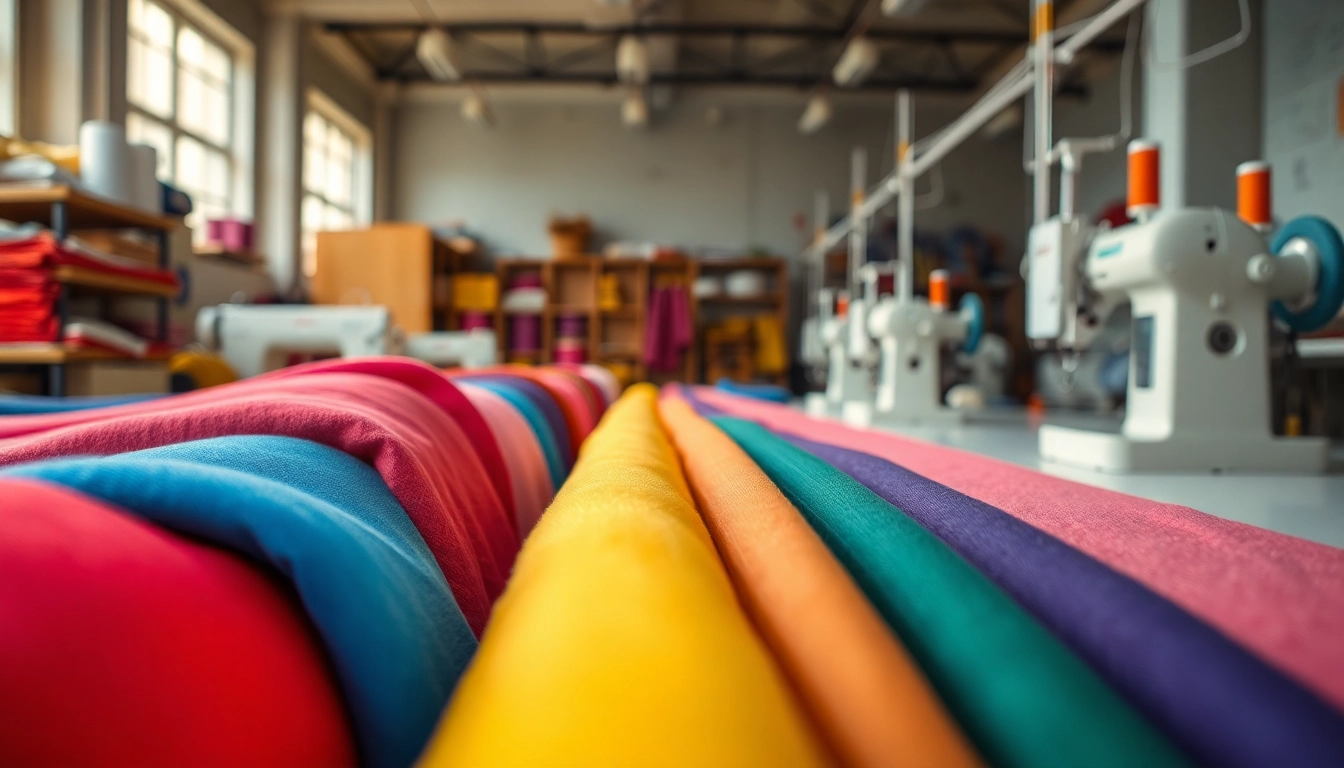
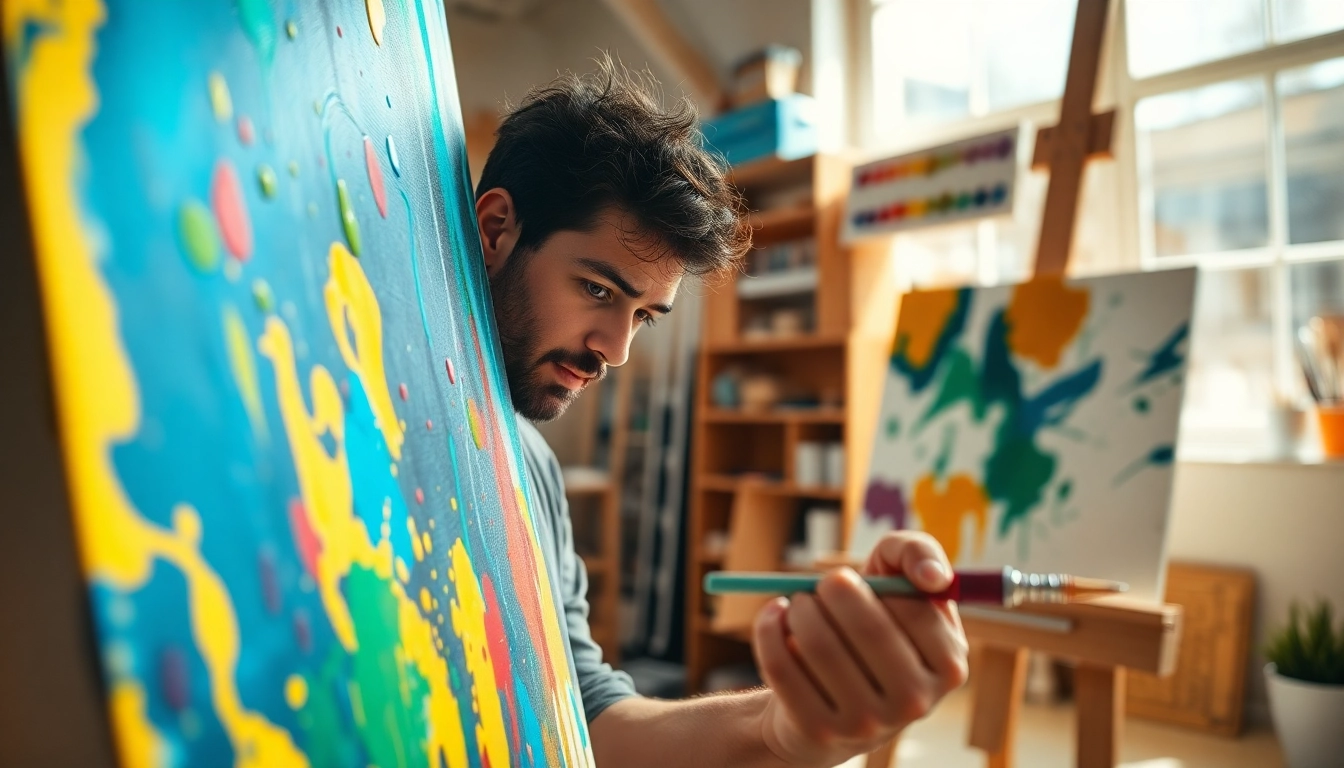
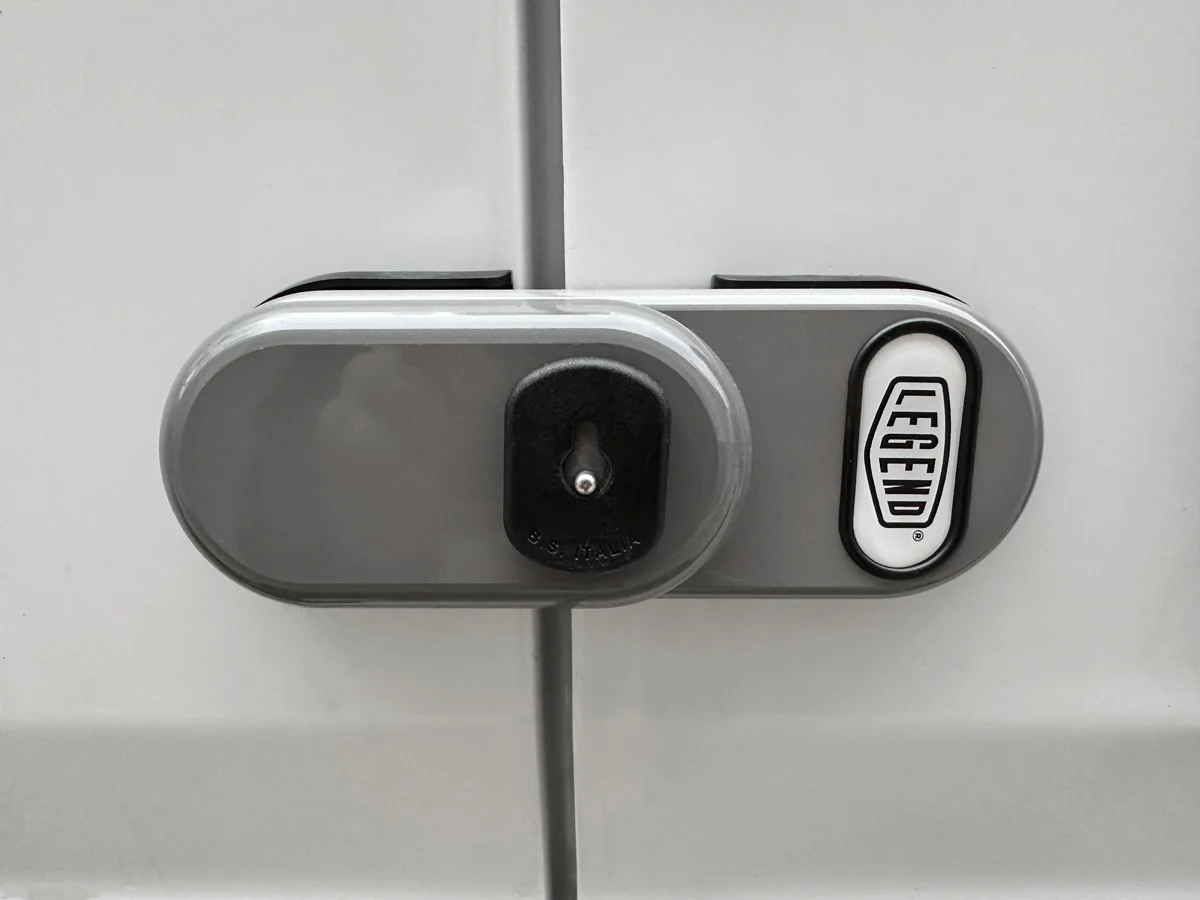
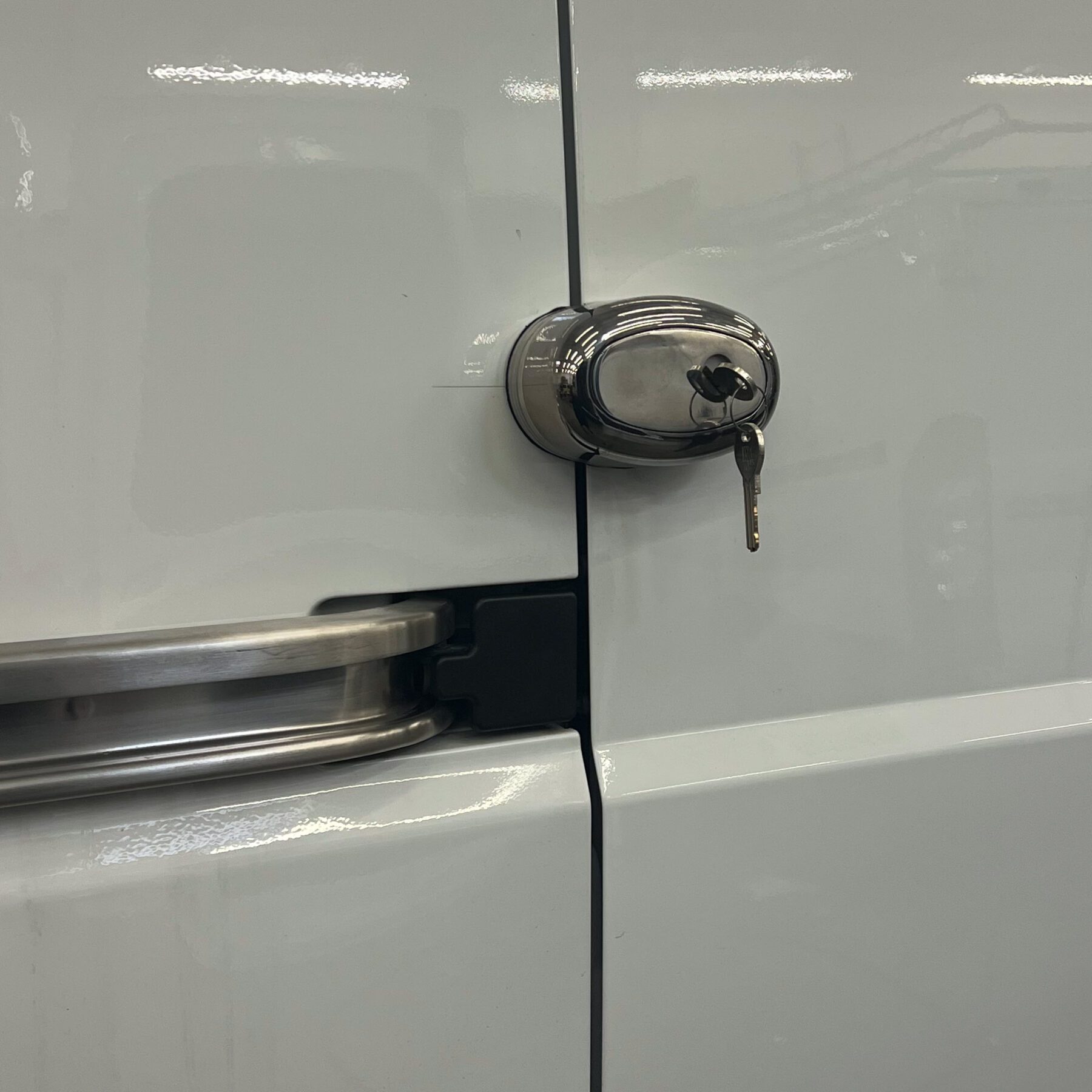

Leave a Reply